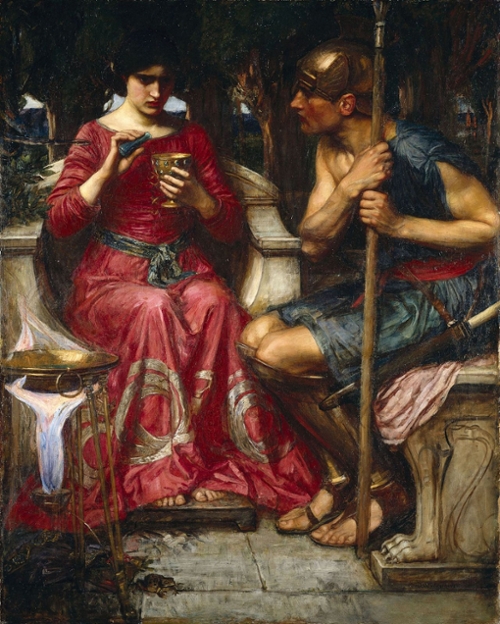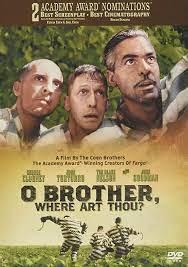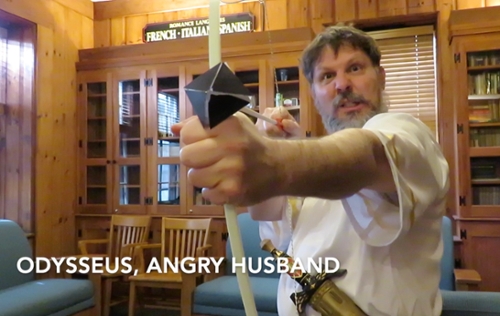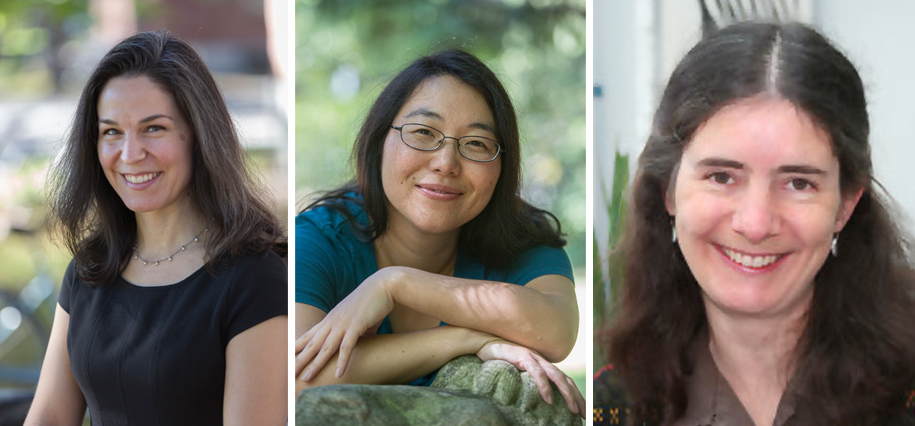Murder, Betrayal, Incest, and Much More
By Tom Porter
The husband fell in love with another and left his wife, who exacted an unspeakably brutal revenge, murdering her love rival and her love rival’s father, and also killing the sons she and her husband had had. Then she runs away and marries a king.
This is the very short version of the myth of Medea, explained Senior Lecturer in Classics Michael Nerdahl, as told in Greek mythology, such as in the Euripides's tragedy of the same name and the epic poem Argonautica, by Apollonius of Rhodes. “Medea helped the Greek hero Jason and his fellow Argonauts in their quest to find the mythical Golden Fleece, at one point saving Jason’s life using her magic. That was before they fell out.”
What’s particularly interesting to Nerdahl, as a classicist, is how the vengeful Medea is portrayed in mythology when compared to other figures who have committed similar atrocities. “She is depicted as a calculating and cruel sorceress. Compare this with the demigod Hercules, for example, who remains a hero even though he slayed his own family, an act which was put down to a fit of madness by the myth-tellers,” said Nerdahl. So, why was Medea portrayed differently from Hercules despite committing effectively the same crime? “It’s probably because, as a non-Greek and a woman, she was an outsider,” he added.
Reimagining Old Tales
It's this kind of interpretation of ancient mythology that contemporary classical scholars like Nerdahl are focusing on as they look for new ways of thinking about very old stories and what they might tell us. “The writer Nina MacLaughlin, for example, challenges many of the traditional interpretations of myths, retelling them from different perspectives,” said Nerdahl. MacLaughlin visited Bowdoin in 2021, when she was joined by Nerdahl to discuss the topic of “Sex, Violence, and Change” in Greek mythology. Her 2019 book Wake, Siren retells Roman poet Ovid’s epic work Metamorphoses from the perspective of the women in the story.

The continuing relevance of classical myths is also underscored by the way in which they’re constantly being retold, or “rebooted” in a modern sense, said Nerdahl. “In my classes I talk about how many folktale motifs, taken from sources like the tales of Perseus, Heracles, or Oedipus, reappear in different kinds of structural formats, including modern action movies” (for example Wonder Woman, 300, Troy, and O Brother Where Art Thou?).
“Above all, I’m interested in what these myths tell us about the society and culture of ancient societies like the Greeks’,” explained Nerdahl. This can be hard, he admitted, given how fantastical and bloodthirsty many of these myths are, with humans and gods coexisting and often going to war with each other. (“If you read accounts of the Trojan war in books like the Iliad there's a lot of gratuitous violence, like eyeballs falling out of heads and spears going through brains and things like that.”)
“Both Greek and Roman myths often portray gods as flawed anthropomorphic entities interacting, often selfishly, with us mortals,” said Nerdahl, “and so myths often show them to be present in the lives of kings and heroes, with the result that gods and people often intermingle and even intermarry. Also,” he added, “these divine entities were not morally ‘just,’ like we see in ‘modern’ religions. These gods could be cruel and rough because that is what life was like.” Whether ordinary Greeks and Romans actually believed gods to be present in their everyday lives, however, is another matter, he stressed.

A Liberal Arts Appeal
Part of the appeal of studying the classics is how many different subjects it encompasses, said Nerdahl. “You get to do philosophy, anthropology, literature, political science, and history—including the history of science, math, and medicine—not to mention the whole convoluted aspect of myth and religion and how those two things tie together. It really is a true liberal arts discipline, and this is largely what drew me to the subject,” he added.
A typical Bowdoin class produces about five to ten classics majors, said Nerdahl, and they go in a variety of directions after graduation. “Many are double majors on a premed track, so they go to medical school. Several also end up at law school, while others might also combine it with economics and head into finance.”
One thing is fairly certain about a classics degree, said Nerdahl. “It’s likely to raise a few eyebrows at job interviews, so it’s a great ‘foot-in-the-door’ conversation starter (‘I see you majored in classics, how interesting!’) And as we know,” he added, “that conversation can go in any number of directions.”



